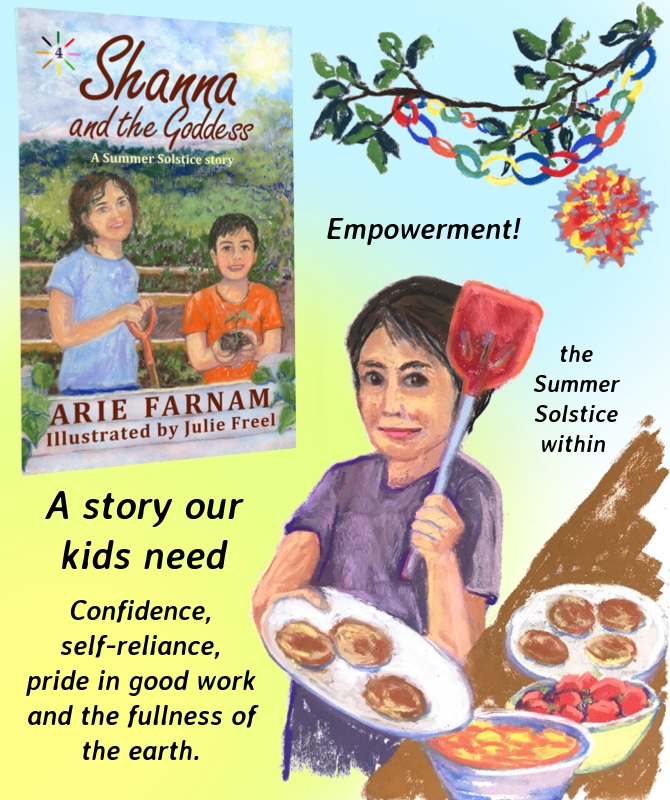Herbs to help you breeze through cold season: Home Medicine Cycle 28
/In many places winter is already coming on. The weather is wet, cold and grayish. The season brings plenty of physical problems - from driving conditions to cutting wood - and then there is the chaos around family holidays. The last thing you need is a cold.
It may not be the worst illness to have, but unlike a lot of illnesses you usually don't get to stay home in bed and watch reruns when you have a cold. You just feel worse, have less energy and have to deal with a runny nose, headaches, a sore throat and some coughing, while doing all the other things you normally do. That make colds highly unpleasant and the lack of rest makes them hang on for weeks sometimes.
One of the first things to do in cold season is to make sure you're getting enough rest and fresh air. Both will help to prevent and cure colds. Rest is the most important component of any strategy to boost your immune system and fresh outside air doesn't carry viruses as well as the air in buildings full of people. If the weather is actually freezing, your risk of catching a cold can go way down if you bundle up warmly and spend at least an hour outside each day. Viruses don't do well with frost.
That said many of us live in climates where several months out of the year are more dank, cold and rainy than frosty and viruses love this weather. Beyond that, if you work or study in a crowded environment, your immune system would have to be spectacular to avoid the latest cold virus going around. So the chances are that most of us will get a cold at some point.
Image by Arie Farnam
If you use pharmaceuticals to beat back the symptoms you will often prolong the cold and while your nose may not run, you will still have less energy. That will often cause you to drink more caffeinated drinks and that will disturb your sleep. And less sleep will mean more colds.
Beyond that, synthetic medicines often suppress the immune system over the long term and have other systemic side effects that aren't listed officially because they are caused by the overall intake of pharmaceuticals rather than by one specific drug. Colds are one area in which you can use herbs very effectively and thus reduce the need for harmful pharmaceuticals.
Here are the basic steps to using herbs to deal with colds:
Prevention
The primary preventative herb today is still Echinacea. It stimulates white blood cells, which make up the best-understood part of the immune system. It also includes virus-fighting substances and boosts the ability of immune cells to engulf and destroy invaders.
There is controversy in medical circles about Echinacea largely because there have been some studies conducted using commercially available pellets of freeze-dried Echinacea juice, which showed that the pellets were not very effective in preventing colds. There are studies showing the effectiveness of Echinacea in other forms, however. I took those freeze-dried pellets for a few years because I was traveling and I hoped to get some herbal medicine even when I couldn't grow my own or brew concoctions. And I have to say that I didn't notice any dramatic effect by taking the expensive Echinacea pills. Combine that with the problem that many commercially available Echinacea "supplements" contain only a tiny percentage of actual Echinacea (and sometimes none at all) when they are subjected to lab tests and you could become very skeptical about this herb.
However, none of these facts have any real bearing on the herb itself. Poor use of an herb doesn't make the herb itself ineffective.
Image by Arie Farnam
The best way to use Echinacea is to grow your own or find a local supplier of fresh or freshly dried herbs. Then use dried Echinacea flowers (stored in an air-tight, non-metallic container) as a cold prevention tea for children and adults. It has a very pleasant, almost spicy taste reminiscent of the smell of bee hives.
For adults, Echinacea tincture is also excellent. It's best taken as needed the moment you notice a tingling of a cold in your throat or nose. I personally prefer Echinacea flower tincture and have found it most effective in cold prevention. If I can take a large spoonful of Echinacea flower tincture within an hour or two of the first signs of a cold or when other people around me have colds, I almost never end up with a real cold and if I don't take it my immunity to colds is not very good. Here is a basic recipe for tincture.
I have read that many herbalists prefer Echinacea root tincture. However, in order to make a tincture with enough potency they must use several batches of Echinacea root for each batch of alcohol. This means soaking finely chopped roots in alcohol, then straining the alcohol after a few weeks and pouring it over another bunch of roots for several more weeks and repeating the process at least three times. The process is complicated but the results may be even better than Echinacea flower tincture.
Echinacea works best if taken at specific times when immune support is needed. The immune system may become too accustomed to that support if it' s taken constantly. I use Echinacea flower tea when flu and cold season is in full swing on a regular basis and take Echinacea tincture as needed within hours when I can feel something coming on.
Treatment
Even herbs don't provide an actual cure for colds. Once you have a cold, rest is the closest thing to a cure and often rest is hard to come by. Most herbs for colds treat specific symptoms and you can choose the best ones based on the symptoms you have. Treating symptoms is far from useless when it comes to curing a cold because many cold systems will interrupt your sleep and sleep is key.
Image by Arie Farnam
One general anti-viral herb to take after a cold has set in is St. John's wart. St. John's wart helps to fight a wide range of viruses and it gives the body energy needed in fighting an infection.
There is a myth that one should stop taking Echinacea once a cold has set in. I have found that this is bad advice. First of all your immune system doesn't just prevent infections, it also fights ongoing infections. So, the need for the immune support of Echinacea doesn't end simply because the cold temporarily got the upper hand. I have also experienced long-term colds and coughs that hung on tenaciously and would only recede when i took Echinacea tincture each day and for several days AFTER the symptoms disappeared. I stopped several times once the symptoms had disappeared and the infection returned, until I had the discipline to continue taking Echinacea tincture daily until about a week after the symptoms had cleared up. This has happened to me enough times that I consider it to be a pattern.
Herbs high in vitamin C are also good for general treatment. Rose hip tea and even more so buck thorn syrup contain vitamin C (as does homemade sauerkraut).
Treating congestion
Now we get into the nitty gritty of treating specific symptoms.
One of the best herbs for treating the congestion that comes with a common cold is elder, particularly the flowers. My family uses dried elder flowers for tea (which is quite pleasant). And the adults use elder flower tincture as a powerful decongestant. If you do have to continue working when you have a cold, elder flower tincture is essential. It will clear out congestion as effectively as many pharmaceutical cold medicines but without the negative health effects associated with those.
If you don't pick all the elder flowers off of your local elder bushes in June, you can also make a syrup from the elder berries themselves. This contains many of the properties of the flowers plus vitamins that are helpful for recovering from colds.
Another way to deal with stubborn congestion is to put a drop of thyme or eucalyptus essential oil and a few table spoons of salt into a bowl of hot water and breathe in the steam from it. You can put a towel over your head to catch the steam and clear out built up congestion that keeps the infection inside and interferes with rest.
Treating sore throats
Lemon balm leaves and linden flowers are both excellent for treating sore throats. Lemon balm has been recently found to specifically fight the bacteria that cause strep throat. This is essential when you have a cold because while a cold is minor by itself it will often weaken the body and allow a bacterial infection to set in. I drink lemon balm even if I don't have a sore throat with a cold in order to prevent strep. Making lemon balm syrup (with this recipe) is one excellent way to combat sore throats.
Raw honey is also good for a sore throat. Gargling with salt water or a bit of propolis tincture diluted in water are also useful methods. You can even chew a piece of propolis if you don't have propolis tincture although it will temporarily stain your teeth bright yellow.
Treating coughs
I covered the treatment of coughs in another post which you can find here. In brief, the best herbs I have found for coughs are thyme, mullein, marshmallow, longwort and plantain.
I love hearing about your experiences with herbs. Let's have some discussion on what really works in the comments section below.






















